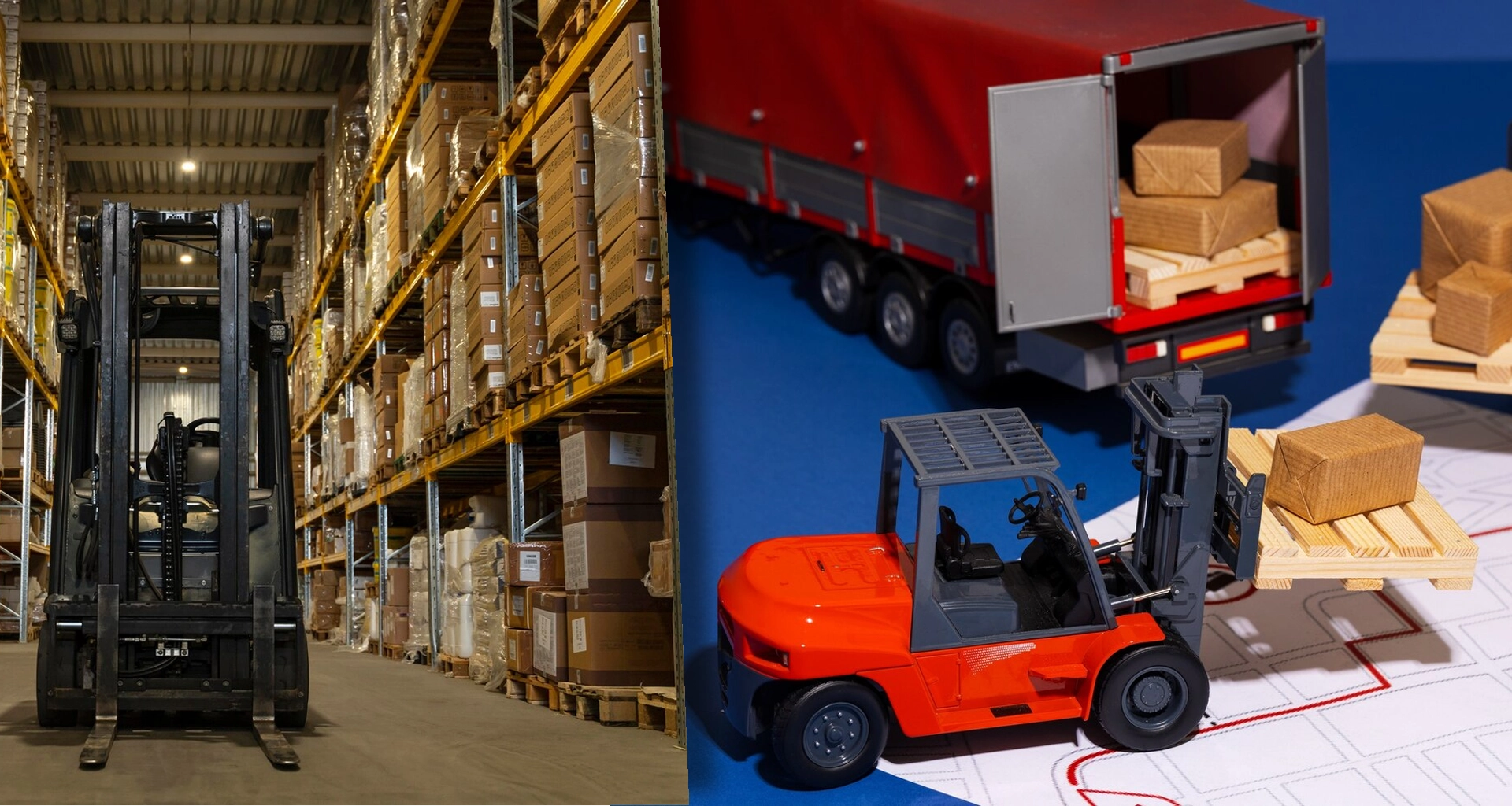In 2024, a mid-sized apparel retailer faced chaos in its supply chain, with delayed shipments and rising costs due to in-house logistics struggles. Switching to a logistics provider streamlined operations, cutting delivery times and boosting customer satisfaction. This story underscores the 3PL vs 4PL decision businesses face when outsourcing logistics. Understanding the difference between 3pl and 4pl is key to choosing the right model. While 3PL handles specific tasks like warehousing, 4PL oversees the entire supply chain. Picking the wrong approach can strain resources, but the right one drives efficiency. Let’s explore the difference between 3pl and 4pl logistics to help you make an informed choice.
What is 3PL and 4PL?
Third-party logistics (3PL) involves outsourcing specific supply chain tasks, such as warehousing, transportation, or order fulfillment, to specialized providers. It allows businesses to focus on core operations while experts manage logistics. For example, a grocery chain used 3PL to streamline deliveries, improving efficiency. 3PL providers offer flexibility, leveraging their networks to handle inventory and shipping, ensuring cost-effective operations.
Fourth-party logistics (4PL) takes a broader approach, acting as a strategic partner to manage the entire supply chain. Beyond logistics, 4PLs oversee planning, sourcing, and analytics, aligning operations with business goals. A manufacturer relied on a 4PL to optimize its global supply chain, enhancing scalability. 4PLs integrate technology and expertise to provide end-to-end visibility and control, making them ideal for complex operations (Gartner). Both models enhance efficiency, but their scope and responsibilities differ significantly.
Differences Between 3PL and 4PL Logistics
Choosing between 3pl versus 4pl depends on your business needs. The table below outlines the difference between 3pl and 4pl logistics, comparing key aspects to guide your decision:
| Aspect | 3PL (Third-Party Logistics) | 4PL (Fourth-Party Logistics) |
|---|---|---|
| Scope of Services | Focuses on specific logistics tasks like warehousing, transportation, or order fulfillment. A retailer used 3PL for faster shipping. | Manages the entire supply chain, including strategy, planning, and analytics. An e-commerce brand used 4PL for global coordination. |
| Level of Control | Business retains strategic control, overseeing 3PL’s execution of tasks. A food distributor set performance metrics for its 3PL. | 4PL assumes full control, acting as a strategic partner. A manufacturer let its 4PL optimize operations end-to-end. |
| Resource Ownership | Owns assets like warehouses and fleets, providing direct operational support. A 3PL’s hub streamlined a toy retailer’s inventory. | Typically asset-light, leveraging networks of 3PLs and suppliers. A 4PL coordinated multiple vendors for a cosmetics brand. |
| Operational Focus | Tactical, handling day-to-day logistics like picking and packing. A 3PL improved a beverage company’s delivery speed. | Strategic, focusing on long-term goals like supply chain optimization. A 4PL planned a tech firm’s market expansion. |
| Cost Structure | Lower upfront costs, with shared resources reducing expenses. A 3PL saved a furniture retailer on shipping costs. | Higher costs due to comprehensive management, but drives long-term savings. A 4PL cut a retailer’s overall supply chain costs. |
| Technology Integration | Provides logistics-specific tools like tracking systems. A 3PL’s platform gave a clothing brand real-time shipment updates. | Integrates advanced analytics and end-to-end visibility tools. A 4PL’s dashboard unified a retailer’s global operations. |
| Scalability | Supports scalability for specific functions, ideal for seasonal surges. A 3PL handled a gift shop’s holiday demand. | Enables full supply chain scalability, supporting complex growth. A 4PL scaled a brand’s operations across new markets. |
| Suitability for Business Size | Best for small to medium businesses needing focused logistics. A startup used 3PL for cost-effective warehousing. | Suits medium to large businesses with complex supply chains. A global firm used 4PL for integrated management. |
| Risk Management | Manages risks for specific tasks, like delivery delays. A 3PL rerouted shipments for a retailer during a strike. | Oversees risks across the supply chain, with proactive planning. A 4PL mitigated disruptions for a pharma company. |
| Relationship with Business | Transactional, focusing on service delivery metrics. A 3PL met a retailer’s delivery timelines consistently. | Collaborative, acting as a strategic partner. A 4PL aligned logistics with a brand’s long-term goals. |
These distinctions highlight how 3PL vs 4PL models cater to different operational needs, enabling businesses to choose based on scale and complexity.
Choosing the Right Logistics Model
Understanding the difference between 3pl and 4pl empowers businesses to optimize their supply chains. 3PL suits focused logistics needs, while 4PL drives strategic, end-to-end management. In 2024, 80% of companies outsourcing logistics reported improved efficiency (Supply Chain Dive). Evaluate your scale and goals to decide. Explore solutions like 3SC Supply Chain’s Logistics & Transportation Analytics System at 3scsupplychain.com or email contact@3scsupplychain.com.

